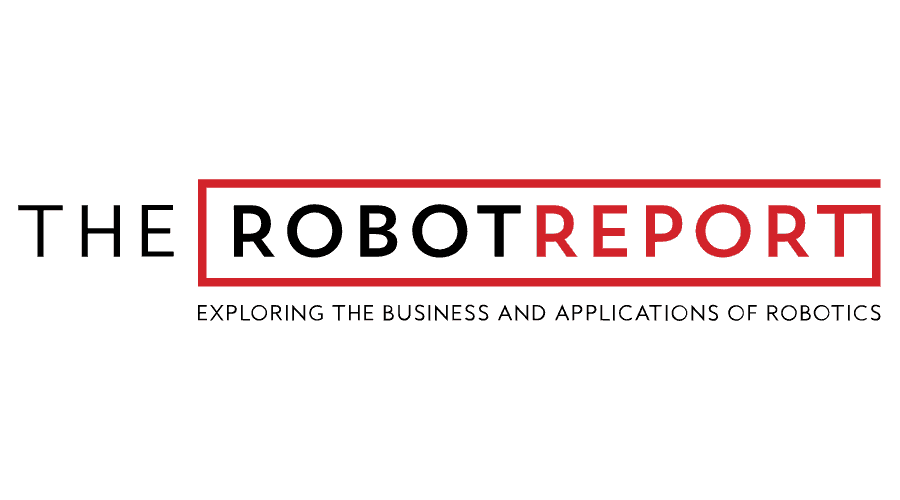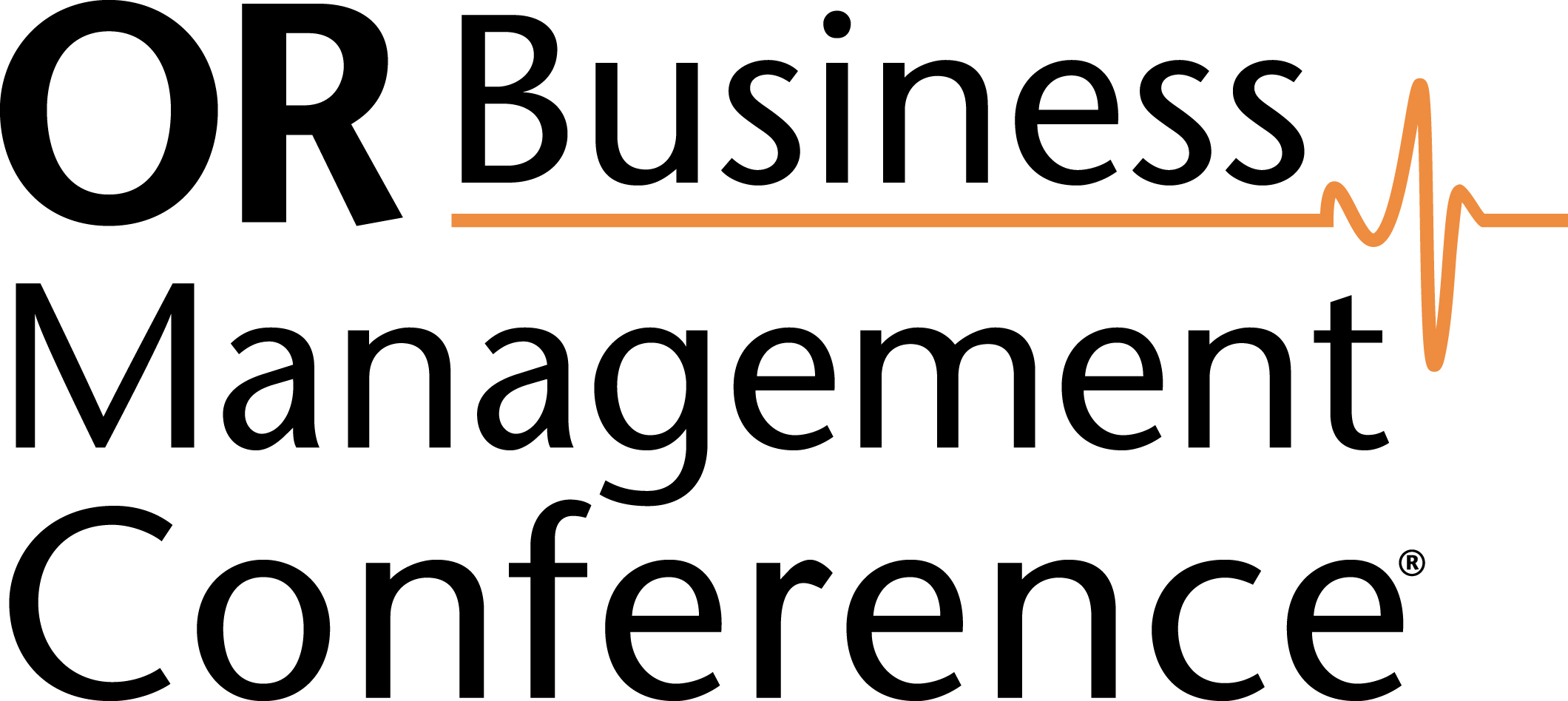 Supply Chain/Technology
Supply Chain/Technology
FDA issues warning on fraudulent, unreliable medical device testing data
Editor's Note The FDA has issued a warning regarding fraudulent, duplicated and otherwise unreliable data coming from third party test labs that produce data for medical device companies, including many based in India and China. Issued February 20, the alert warns medical device manufacturers that they are responsible for confirming the…
Breaking down the surgical gown: Disposable versus reusable, latest innovations

There is movement happening in the world of surgical gowns. It is driven in part by the COVID-19 pandemic, which brought new focus to the need for adequate stockpiles of personal protective equipment (PPE)—and for PPE that works as intended. Staff need to know their gowns incorporate the latest technology…
Stryker unveils ortho robotic technologies, updates at AAOS meeting

Editor's Note Stryker Corp announced its plans to showcase new joint-replacement technologies and updates to its Mako surgical robotic platform at the American Academy of Orthopaedic Surgeons (AAOS) meeting in San Francisco, according to a February 16 article in The Robot Report. The announcement includes the introduction of myMako and…
Robot could clear stroke-related blockage faster than traditional methods

Editor's Note A magnetically operated robot developed by the Multi-Scale Robotics Lab in Zurich along with several hospitals in Switzerland could be used to treat people in the critical moments following a stroke to remove blockage and resume blood flow. The findings were published February 14 in the journal Science…
FDA recalls BrightView SPECT systems
Editor's Note The FDA has issued a Class I recall of Philips’ BrightView, BrightView X and BrightView XCT Single Photon Emission Computed Tomography (SPECT) scanners due to a component failure that could result in the system’s detector falling on patients. Philips sent all affected customers an Urgent Medical Device Correction…
Transcatheter therapy system becomes first to earn FDA approval for treating tricuspid regurgitation

Editor's Note Patients with severe cases of tricuspid regurgitation (in which a critical heart valve fails to close properly) now have a new treatment option thanks to the recent US Food and Drug Administration (FDA) approval of the ENVOQUE tricuspid valve replacement system, according to a February 2 press release…
Iodine povacrylex outperforms chlorhexidine in skin antisepsis alcohol solution study

Editor's Note A recent study shows show skin antisepsis with iodine povacrylex in alcohol could result in fewer surgical-site infections among patients with closed extremity fractures than antisepsis with chlorhexidine gluconate in alcohol. Published February 1 in the New England Journal of Medicine, the study shows similar results between the…
App aims to improve care coordination for critically ill patients

Editor's Note A new app developed by researchers in Japan aims to improve care coordination for nurses involved in managing critically ill patients on life support. The findings were published January 25 in the Japan Journal of Nursing Science. Relying on the scoring system known as the Nurses' Care Coordinate…
FDA announces urgent chest drain recall
Editor's Note The FDA has announced a recall of the Atrium Express Dry Suction Dry Seal Chest Drain, a disposable device used to remove air and/or fluid from the chest cavity or mediastinum and to aid in lung expansion and breathing. The drain is being recalled by maker Maquet Cardiovascular,…
Session: What to expect from healthcare policy, regulation in 2024

Editor's Note Since the pandemic, the view of the healthcare industry in congress has essentially gone from “hero to zero” – a shift with potentially big implications for the healthcare business leaders gathered at yesterday’s closing session from Soumi Saha, PharmD, JD, senior vice president of government affairs at Premier…

 Free Daily News
Free Daily News